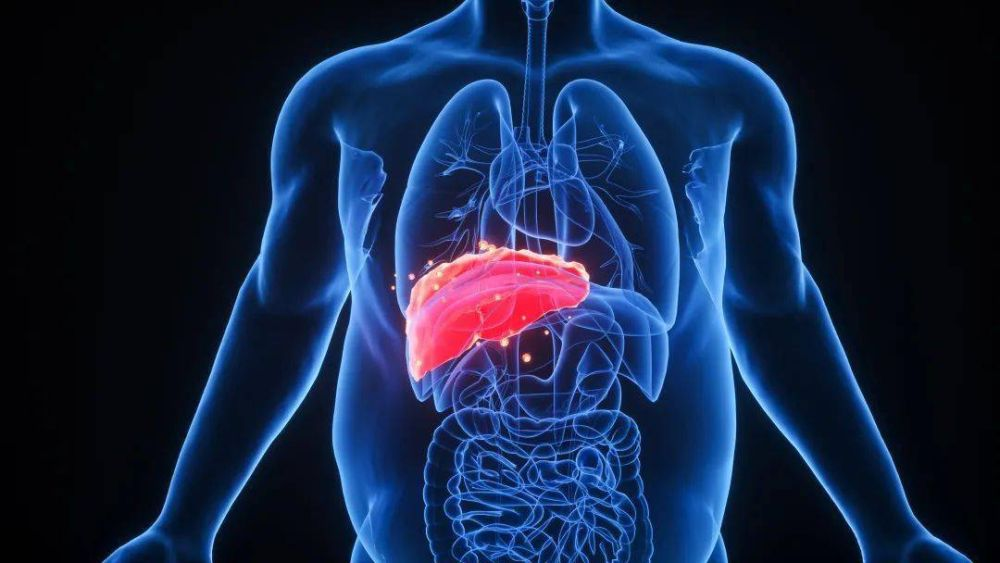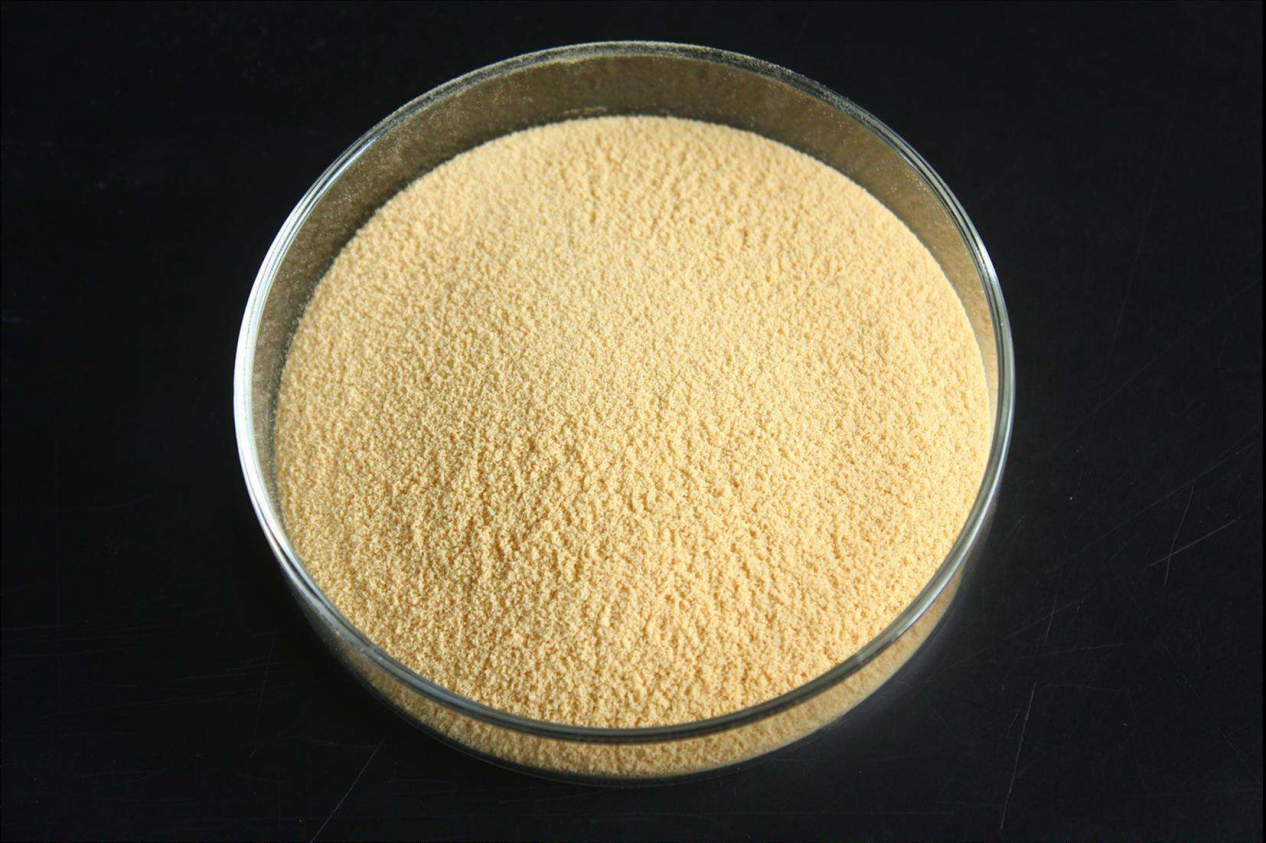The liver is the most important detoxification organ in the human body. The health of the liver is too important. Now it has entered the "peptide" era!
Knowing the liver: We usually call our most important person the heart and liver baby, which shows the importance of the liver! The liver is on the right side of the human body. It is the most important detoxification organ in the human body. It is the chemical factory of the human body, the power station of the human body, and the energy synthesis and storage organ. Therefore, when there is a problem with the liver, people will feel fatigued, because of insufficient energy, it is easy to feel fatigued.

Liver function introduction:
1. Metabolic and synthetic functions: The reason why we do not eat pork and grow pork is because the amino acids necessary for the liver are resynthesized in the liver.
2. Detoxification and purification function: If there is ammonia smell in the gas metabolized by the liver, it means that there is a problem with the liver. The liver is the purification and detoxification center of the blood. There are exogenous toxins and endogenous toxins produced by the human body. Exogenous toxins mainly come from ingested food and the absorption of toxins in the environment; endogenous toxins mainly come from metabolism in the human body. If you only solve the problem of exogenous toxins, it is only a temporary solution, and eliminating endogenous toxins is a cure, so you must take into account both internal and external.
3. Immune defense function: The mutated cells have no cure. The best way is to improve the immunity of liver function to achieve the purpose of curing the root cause. Once the liver is sick, it will bring systemic disease.
4. Other functions: Bile is used to help digest food. If you often skip breakfast, it will lead to the concentration of bile, resulting in stones, and then gallbladder hardening. People with gallbladder sclerosis are prone to edema.
According to a survey, more than 60% of people in China suffer from fatty liver of varying severity, and 40% of those who die from the disease are from liver cancer.
Diseases that endanger the liver: fatty liver --- hepatitis --- liver failure --- cirrhosis --- liver cancer.
Hepatitis B is a viral hepatitis. Although the government has repeatedly requested to reduce discrimination against patients with B, it is indeed difficult to change people's long-term understanding and habits.
Hepatocytes are prone to necrosis. Once the hepatocytes are necrotic, they will collapse, and more fibers must be produced to fill the gaps, and these fibers often do not have normal physiological functions.
In today's medically developed world, some people would say that if the liver is damaged, the organ can be replaced, but the replacement of the liver organ will cause a great rejection reaction.
For example, Fu Biao, a famous movie actor, had two liver transplant operations, but the result was obvious rejection, and finally died of liver cancer.

So, who in the end is hurting our livers?
1. Bad eating habits
Such as nutritional imbalance, excessive intake of high-calorie, high-fat and high-protein food; such as eating too oily food, will increase the processing burden of the liver, resulting in the accumulation of fat.
2. Irregular diet:
Some people are so busy with work that they don't want to eat when they are busy. When not eating, the liver will be forced to release the excess energy stored to provide the body's needs, but we must be aware that the energy stored in the liver is limited. If this is the case for a long time, the function of the liver will naturally weaken; some people will eat a lot when they are very hungry, and they will eat too much. "Sad men drink small wine, lonely women sing old songs", in Chinese wine culture, it seems that nothing can be done without alcohol in the entertainment of work and life! The revolutionary small wine is drunk every day, "one side of the wine glass, the policy is relaxed", "it's okay to mention chopsticks!", but excessive drinking will definitely damage the liver.
It takes millions of years to go from monkey to man. But from man to monkey, all it takes is a bottle of wine!
Drunk Trilogy:
Step 1: Red face and red ears, itchy skin;
Step 2: Dizziness and loss of control;
Step 3: Body aches and fatigue;
In terms of chemical mechanism: the process from intoxication to sober after drinking is: ethanol will become acetaldehyde under the action of alcohol dehydrogenase, and then into acetic acid under the action of acetaldehyde deoxygenase, and finally decomposed into carbon dioxide and water and energy.
The liver can provide alcohol dehydrogenase and aldehyde deoxygenase. To maintain liver function, it must provide two amino acids, alanine and leucine. These two amino acids are the materials for making enzymes, so it is necessary to maintain good liver function. , it is necessary to increase the amount and energy of alanine and leucine.

3. Drug-induced liver disease:
Medicine is three-point poisonous, and good medicine is seven-point poisonous. Liver function damage caused by drug abuse has accounted for more than 60% of patients with liver disease, so please do not use drugs indiscriminately, so as not to increase the burden on the liver. Some people say, doesn't it mean that a long illness becomes a good doctor? Nowadays, some people do not need to go to the doctor when they are sick, and it has become a habit to buy some medicine at the pharmacy by themselves to treat the disease. But in the long run, it will add unnecessary trouble and burden to the liver.
4. Bad habits:
Modern people have a lot of work pressure, often smoke, and often stay up late, which will cause excessive burden on the liver and cause great damage to the liver;
5. Other factors that cause liver damage:
A: Food risks: such as pesticide residues, hormones, heavy metals, etc. According to reliable information, Japanese scientists have actually extracted didipho from the stomach of Antarctic penguins. Where did Didipho come from? Everyone should know: Although the surface water has boundaries, the groundwater has no boundaries. Don't get it in the end, because there are too many toxins in the body, even mosquitoes dare not bite you!
B: Living risks: decoration pollution, air pollution, water pollution, etc.;
C: Family history.
Therefore, it is imperative to protect the liver.
So why do people need to protect the liver?
Everyone must protect their liver. Don't wait until they find that they have bad breath, yellow face, and yellow shit before thinking of protecting their liver. By then, I'm afraid it will be too late!
Protecting the liver requires good eating habits, good living habits, moderate exercise and necessary liver protection materials.
Chiti corn peptide is a good liver protection food.
What are corn peptides?

Corn peptide is a low molecular weight peptide protein extracted from corn, a natural food. Small molecule polypeptide substances obtained by directional enzymatic cleavage and specific small peptide separation technology.
The conventional production process of corn peptides is as follows:
Zein-----pretreatment------enzymatic hydrolysis------separation------debitterization and decolorization------desalination------sterilization- -----Vacuum concentration------Corn peptides.
Chiti production process:
Corn gluten---adding water---homogenization---enzymolysis---preliminary filtration---decolorization and deodorization---fine filtration---membrane filtration---membrane concentration---removal Bacteria---spray drying---inner packaging---metal detection---kraft paper bag---to be inspected

Corn peptide is a low molecular weight peptide protein extracted from corn, a natural food. Small molecule polypeptide substances obtained by directional enzymatic cleavage and specific small peptide separation technology.
The conventional production process of corn peptides is as follows:
Zein-----pretreatment------enzymatic hydrolysis------separation------debitterization and decolorization------desalination------sterilization- -----Vacuum concentration------Corn peptides.
Chiti production process:
Corn gluten---adding water---homogenization---enzymolysis---preliminary filtration---decolorization and deodorization---fine filtration---membrane filtration---membrane concentration---removal Bacteria---spray drying---inner packaging---metal detection---kraft paper bag---to be inspected

Any need, please contact us! !




